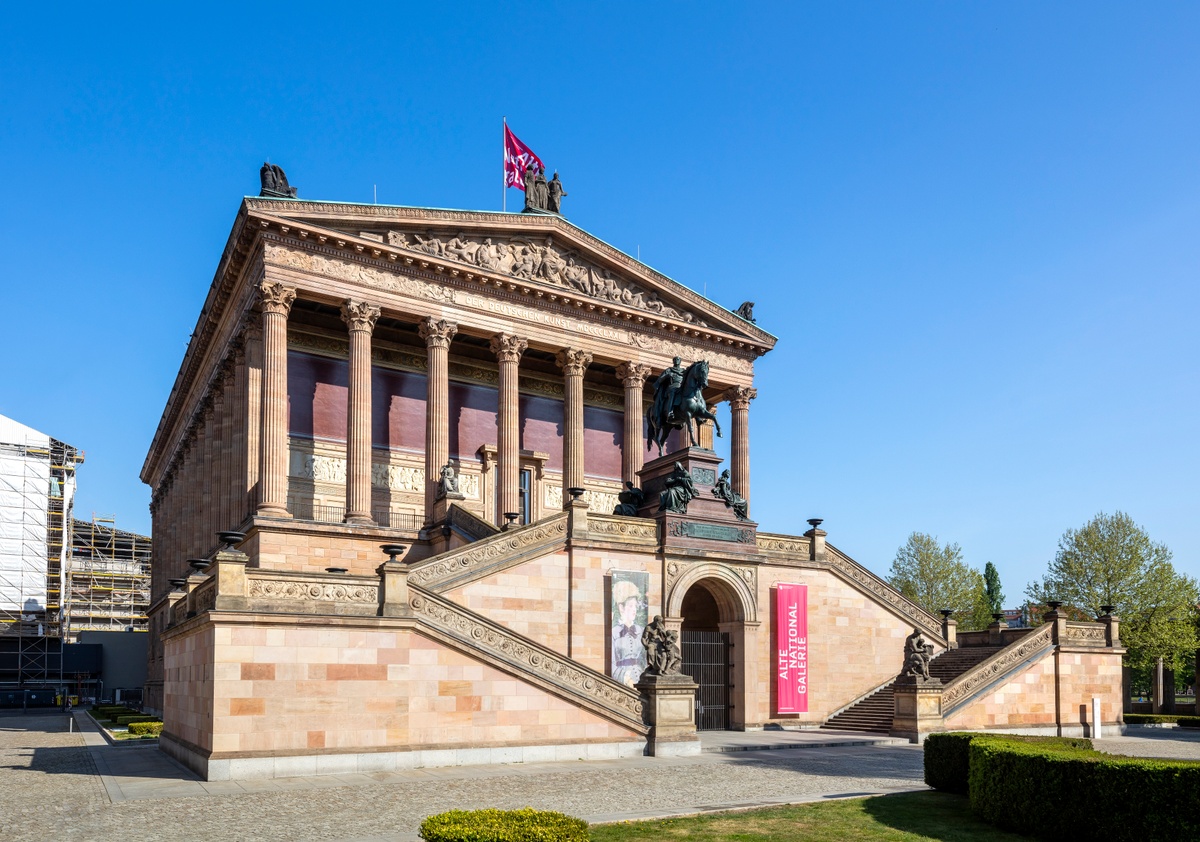
Alte Nationalgalerie
In the location's words:
The Alte Nationalgalerie (Old National Gallery) is the main building of the Nationalgalerie, whose collection is today also distributed among the Neue Nationalgalerie, Hamburger Bahnhof - Museum für Gegenwart - Berlin, Friedrichswerdersche Kirche, Museum Berggruen and the Scharf-Gerstenberg Collection.
The idea of creating a "free space for art and science" in the center of Berlin between the city palace, the cathedral and the university goes back to Friedrich Wilhelm IV. The basic architectural idea of today's Old National Gallery - a high, antique temple building - also originated with the king himself. The plans were later concretized by Schinkel's student Friedrich August Stüler, who had previously designed the Neues Museum. After Stüler's death, Johann Heinrich Strack, also a student of Schinkel, completed the museum.
The reason for the construction of a National Gallery was the donation of the banker and consul Joachim Heinrich Wilhelm Wagener, who had bequeathed his collection of works by Caspar David Friedrich, Karl Friedrich Schinkel, the Düsseldorf School of Painting and Belgian history painting to the Prussian state in his will and died in 1861. Wagener wished to present the collection to the public "in a suitable venue" and to develop it into a national gallery. Just one year later, Stüler was commissioned to design a suitable building. On March 22, 1876, the birthday of Emperor Wilhelm I, the National Gallery was ceremoniously opened as the third museum on the Spree Island.
During World War II, the building was hit by bombs several times and severely damaged. The collection itself had been successively evacuated at the beginning of the war and stored, among other places, in the Berlin flak towers at the Zoo and in Friedrichshain, and later also in the salt and potash mines in Merkers and Grasleben.
After the end of the war, the building was provisionally but quickly made usable again and partially reopened as early as 1949. A year later, after the first, the second exhibition floor was once again open to visitors.
During the division of Germany, the 19th-century paintings that had remained in or returned to the western part of the city found a home in other buildings, from 1968 in the newly built New National Gallery and from 1986 also in Charlottenburg Palace as the "Gallery of Romanticism".
After the fall of the Berlin Wall, the collections that had grown together were reunited and reorganized: The Alte Nationalgalerie shows the 19th and early 20th centuries, the Neue Nationalgalerie the 20th century.
In 1992, the architectural firm HG Merz Berlin was entrusted with the reconstruction and modernization of the technical facilities of the Alte Nationalgalerie. It was closed from 1998 to 2001; on December 2, 2001, 125 years after its inauguration, it was ceremoniously reopened.
This content has been machine translated.Öffnungszeiten
 Museum
Museum
Altes Museum
 Museum
Museum
Gemäldegalerie
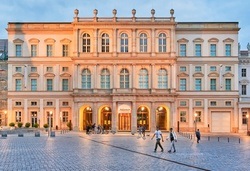 Museum
Museum
Museum Barberini
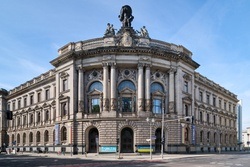 Museum
Museum
Museum für Kommunikatio…
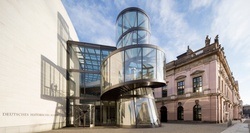 Museum
Museum
Deutsches Historisches …
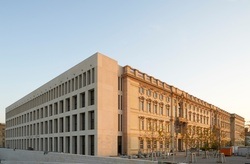 Museum
Museum
Humboldt Forum
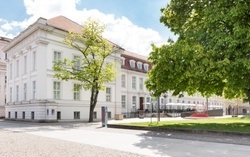 Museum
Museum
PalaisPopulaire
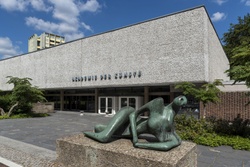 Museum
Museum
Akademie der Künste | H…
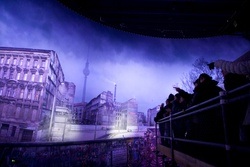 Museum
Museum
asisi Panorama Berlin
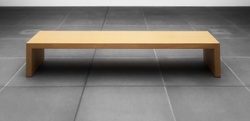 Museum
Museum
Museum Europäischer Kul…
 Museum
Museum
Berlinische Galerie
 Museum
Museum
DARK MATTER Berlin
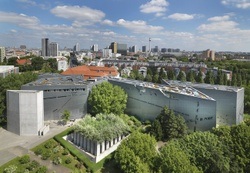 Museum
Museum
Jüdisches Museum Berlin
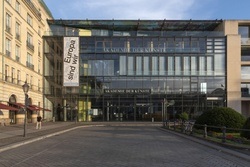 Museum
Museum
Akademie der Künste | P…
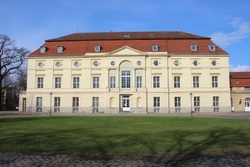 Museum
Museum
Käthe-Kollwitz-Museum B…
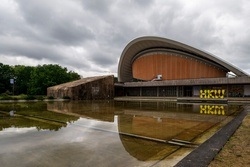 Museum
Museum
Haus der Kulturen der W…
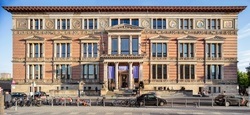 Museum
Museum
Gropius Bau
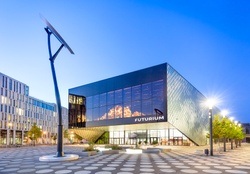 Museum
Museum
Futurium
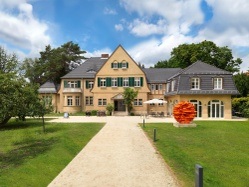 Museum
Museum
Haus am Waldsee
 Museum
Museum
Tschechisches Zentrum B…

